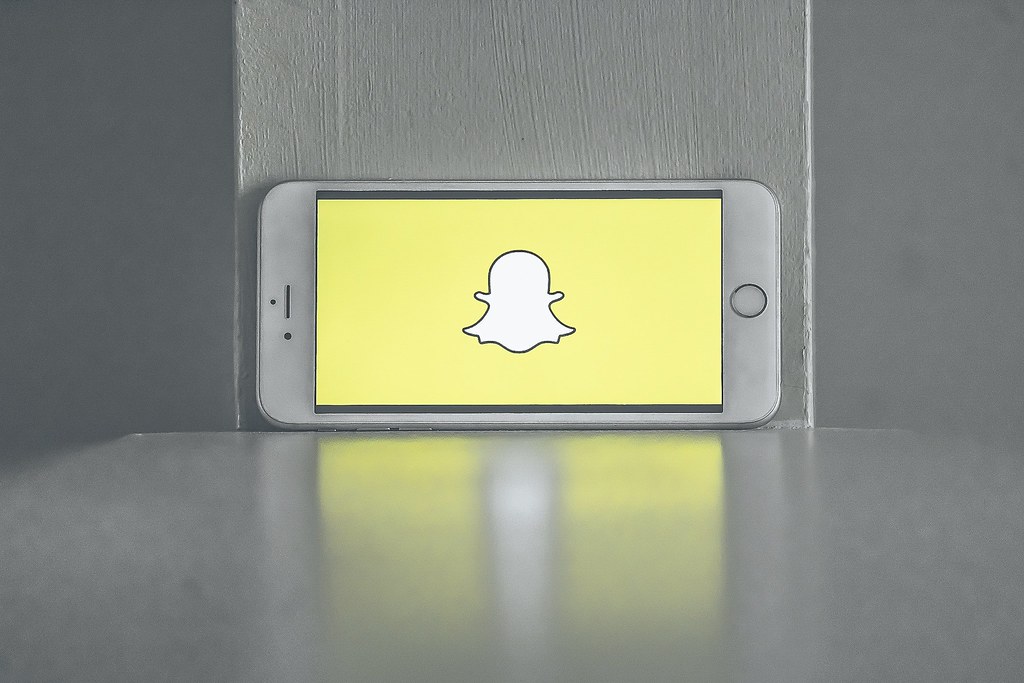
“Half of my life is on this app and now they expect us to pay for it.” This quote encapsulates the feeling of injustice dominating online discussion after Snapchat became the latest tech company to place a price tag on a service that had long been free. Snap, the app’s parent company, announced in September that it would begin charging users who have more than five gigabytes (5GB) of previously shared images and videos saved in its Memories feature.
Public Backlash and Accusations of Greed
For many long-term users, these saved posts function as a crucial digital archive, prompting an immediate backlash. Users flooded social media and app store review sections with accusations of “corporate greed” and one-star reviews. One reviewer, calling the move “very unethical,” lamented that 5GB “is absolutely nothing when you have years worth of memories… Bye Snap.” Another person, in an online petition that dubbed the fee a “memory tax,” threatened to never use the app again, with commenters calling the change “dystopian” and “ridiculous.”
A 20-year-old journalism student in London, Guste Ven, shared her plans on TikTok to delete the app. She told the BBC, “Almost all of my teenage years have been documented through my Snapchat memories, all of the photos in there are really important to me. It just doesn’t make sense to start charging people for something that has been free for so many years.” Another London resident, 23-year-old Amber Daley, said she would be “distraught” by the charges, arguing the app had become “a part of everyday life” since 2014 and that it was an “unfair move to charge your customers who have been loyal and devoted.” She emphasized the emotional value, stating, “These aren’t just called Memories, these are our actual memories.”
Snap’s Defense and Expert Commentary
Snap has sought to mitigate the criticism by comparing its paid storage plans to those offered by major firms like Apple and Google for smartphone backups. The company stated it was “never easy to transition from receiving a service for free to paying for it,” but suggested that the value provided would be “worth the cost” for heavy users. For those who refuse to pay, the company offers an alternative: users can download their Memories, which for some span tens of gigabytes, directly to their device. Snap also stressed that only a small number of users would be affected by the 5GB cap. The company has not yet released specific storage prices for the UK, only confirming that the fee is part of a “gradual global rollout.”
Social media consultant Matt Navarra acknowledged that while storing data in the cloud is a genuine, expensive reality—”Hosting trillions of Memories on Snapchat isn’t a trivial amount”—the timing and nature of the move could feel like a “bait and switch.” He argued that “Moving the goalposts after people have built this huge digital archive doesn’t really sit right,” noting that for many, “Memories aren’t just data dumps, they’re emotional artefacts.” Dr. Taylor Annabell, a postdoctoral researcher at Utrecht University, noted that the situation illustrates the risks of using commercial platforms for sentimental content. She explained that users rely on a “presumption of never-ending access,” which incentivizes continued use, but stressed that these platforms “are not benevolent guardians of personal memory.”
What The Author Thinks
The intense user fury directed at Snapchat is less about the modest monthly fee and more about the emotional violation of breaking an unwritten contract: the illusion of free, permanent digital archiving. Snap encouraged users to entrust their most private, sentimental content to the platform, making the subsequent demand for payment an act of digital ransom that prioritizes infrastructure costs over established user loyalty. This move highlights a crucial vulnerability in the digital age, demonstrating how tech companies can leverage the sentimental value of stored data as a potent and ethically questionable monetization tool against their long-term customer base.
Featured image credit: Ryan Adams via Flickr
For more stories like it, click the +Follow button at the top of this page to follow us.
